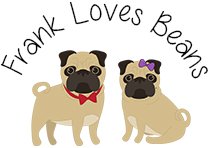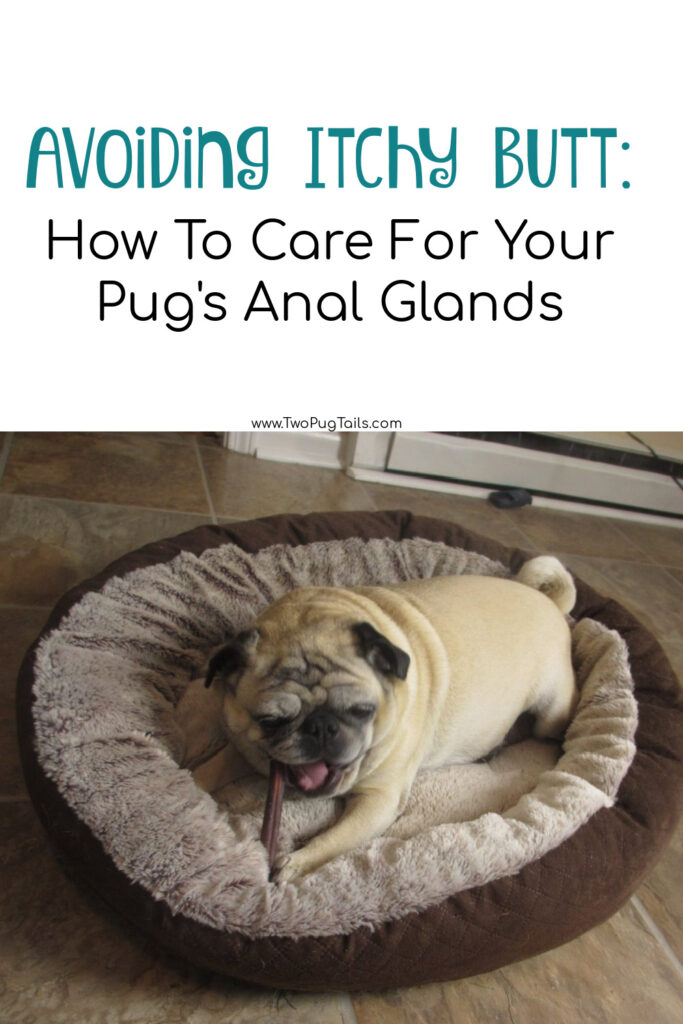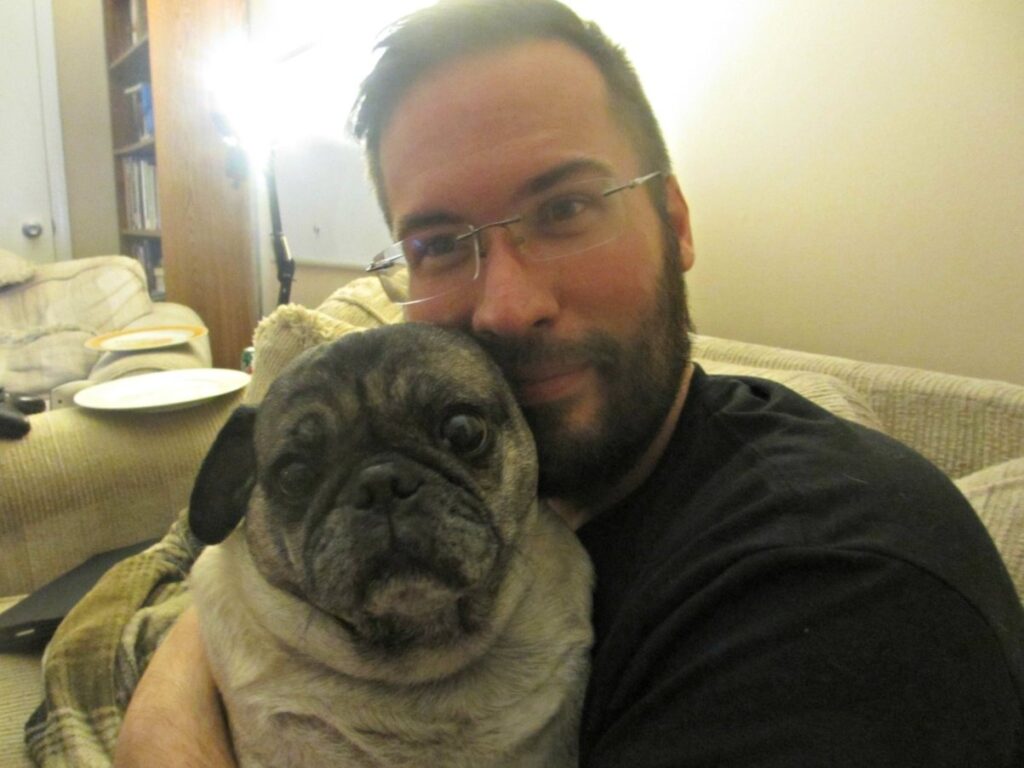
Pug Itchy Anus: Understanding Anal Gland Issues in Pugs
If you’re a pug owner, you may have noticed your furry friend scratching their butt or scooting their bottom on the carpet. While it may seem like a silly behavior, it could be a sign of anal gland issues. Pugs are prone to anal gland problems, which can cause discomfort, irritation, and even infection if left untreated. In this post, we’ll discuss the causes of itchy butt in pugs, signs that your pug needs their anal glands expressed, why your pug is scratching their butt, and why they’re scooting their bottom on the carpet.
Causes of itchy butt in pugs
Pugs have two small glands located on each side of the anus, which produce a foul-smelling liquid that helps with marking and lubrication. These glands are supposed to empty naturally when a pug defecates, but sometimes they can become impacted or infected. Some common causes of anal gland issues in pugs include a poor diet, lack of exercise, obesity, and genetic predisposition.
Anal gland problems are the primary reason why dogs experience an itchy butt, but other causes include fleas, allergies and parasites.

Signs that your pug needs their anal glands expressed
If your pug is experiencing anal gland issues, they may exhibit signs such as scooting their bottom on the carpet, licking or biting their anus, and scratching their butt. You may also notice a swollen anus or a foul odor coming from the area. If left untreated, anal gland problems can lead to abscesses, infections, and even rupture of the glands.
Why is my pug scratching his butt?
Itchy anus is a common symptom of anal gland issues in pugs. Your pug may scratch their butt or chew their paws in an attempt to relieve the discomfort. Anal glands are located near the sides of the rectum, so that will be the area that your dog is trying to scratch if anal glands are the issue.
If your pug is trying to scratch above or around their tail, that is more likely to be fleas or other issues.
It’s important to address the underlying issue by taking your pug to the veterinarian for a proper diagnosis and treatment.
Why is my pug scooting their bottom on the carpet?
Scooting is another common behavior exhibited by pugs with anal gland issues. Your pug may drag their bottom on the carpet or ground in an attempt to express the impacted glands. However, this can further irritate the anus and lead to complications. If you notice your pug scooting, take them to the vet for an evaluation.
Anal gland issues can cause discomfort and irritation for your pug. If you notice your pug scratching their butt, scooting, or exhibiting other signs of anal gland problems, it’s important to take them to the vet for proper diagnosis and treatment. A vet can express the glands manually or prescribe medication to help the glands empty naturally. With proper care, you can help your pug avoid complications and enjoy a happy, healthy life.

How to prevent pug anal gland issues
- Add more fiber to their diet: One of the main reasons pugs can develop anal gland problems is due to their diet. A lack of fiber can cause their stools to be too soft, making it harder for the anal glands to be emptied naturally. You can add fiber to their diet by feeding them vegetables such as pumpkin or green beans.
- Keep their weight in check: Overweight pugs are more prone to developing anal gland problems, so it’s important to keep them at a healthy weight. Feeding them a balanced diet and providing regular exercise can help with this.
- Regularly clean their rear end: Keeping your pug’s rear end clean can help prevent blockages from occurring in their anal glands. You can do this by using unscented baby wipes or a damp cloth to gently wipe their rear end after they go to the bathroom.
- Consider expressing their anal glands regularly: Some pugs may need to have their anal glands expressed manually on a regular basis to prevent blockages from occurring. Your veterinarian can show you how to do this safely and effectively.
- Monitor for signs of anal gland problems: Keep an eye out for signs that your pug may be experiencing anal gland issues, such as scooting their bottom on the ground or excessive licking of their rear end. If you notice any of these symptoms, it’s important to have their anal glands checked by a veterinarian.
By following these tips, you can help prevent anal gland problems in your pug and ensure that they stay healthy and comfortable.
When should we go to the vet for itchy pug anus?
If your pug is experiencing persistent itching, redness, swelling, discharge, or pain around their anus, it’s essential to take them to the vet. Additionally, if your pug is scooting their bottom on the floor, licking or biting their anus excessively, or having trouble defecating, it could be a sign of anal gland problems or other health issues that require veterinary attention.
It’s also crucial to keep up with your pug’s regular check-ups and grooming routine. During their veterinary exam, your vet can check your pug’s anal glands and express them if necessary. Regular grooming, including keeping your pug’s coat and skin clean and dry, can also help prevent anal gland problems by reducing the risk of bacterial and fungal infections.
If you notice any changes in your pug’s behavior or symptoms related to their anus, it’s best to seek veterinary care promptly. Early detection and treatment of anal gland problems can prevent more severe health issues down the line and ensure your pug stays happy and healthy.

Leave a Comment